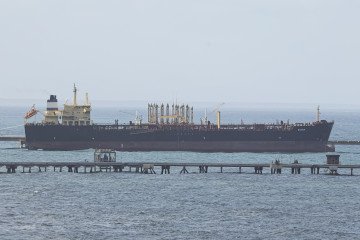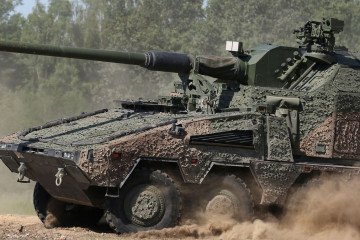- Category
- Latest news
Russia Just Relocated Nearly Its Entire Strategic Bomber Fleet. Here’s What We Know
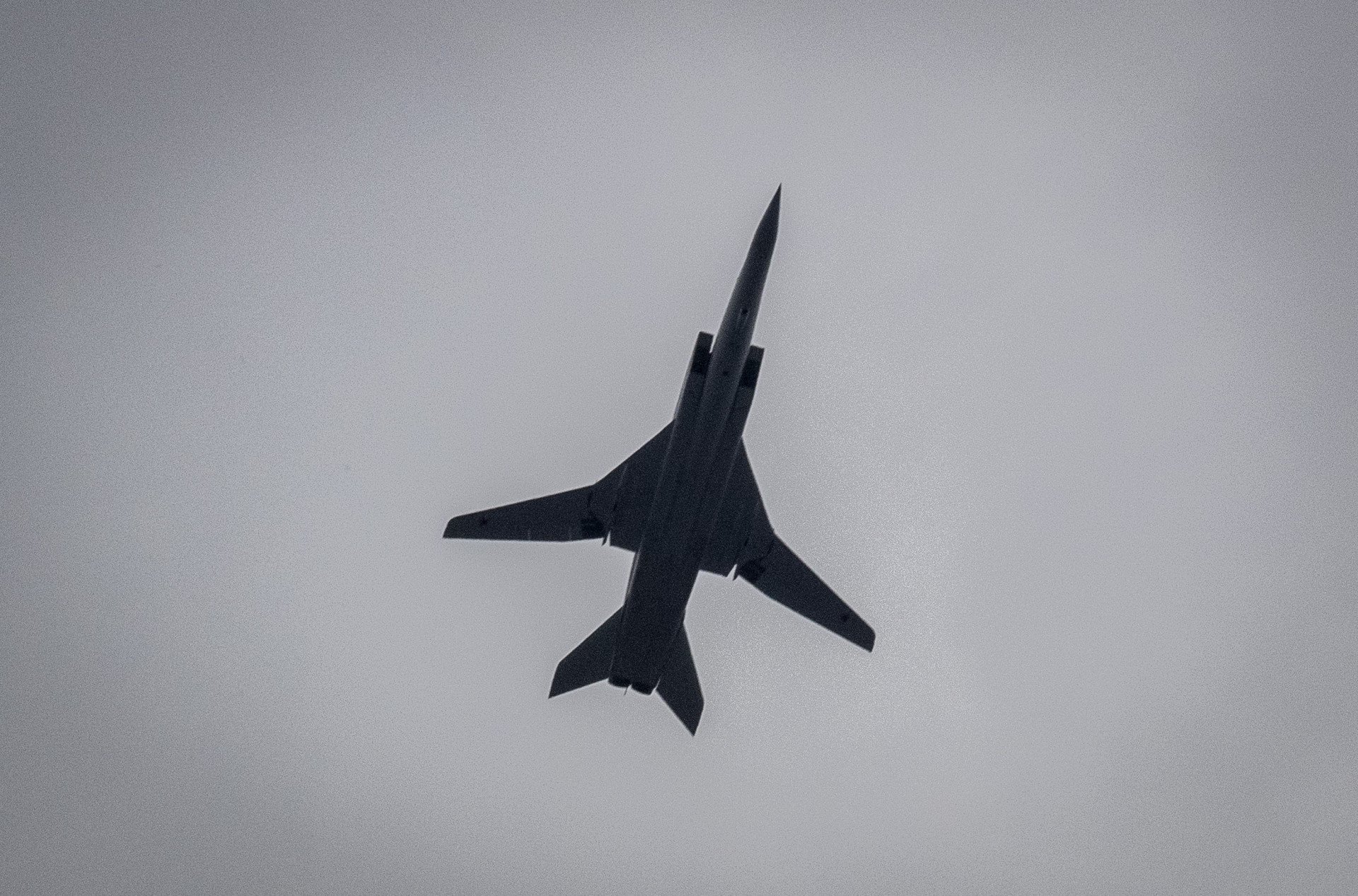
Amid escalating missile strikes on Ukraine, fresh satellite imagery suggests Russia is dramatically reshuffling its strategic bombers between key air bases in what analysts believe is a deliberate effort to obscure launch preparations and confuse allied surveillance efforts.
According to images published on May 26 by the Open Source Intelligence (OSINT) team AviVector, the Olenya airbase in Russia’s Murmansk region was hosting an unusually high concentration of strategic aircraft: 40 Tu-22M3 bombers, 11 Tu-95MS bombers, and five An-12 transport aircraft.
The Tu-22M3 count alone represents two-thirds of Russia’s total fleet of that aircraft type, according to Ukrainian defense outlet Defense Express on May 29.
🔻Satellite images of 🇷🇺 Engels-2 Airbase as of May 27, 08:17 UTC
— AviVector (@avivector) May 27, 2025
The airbase housed 2 Tu-95MS (Bear-H), 2 Tu-160 (Blackjack) and 1 Il-76 (Candid).
One Il-76 arrived at the airbase carrying military cargo. Meanwhile, a Tu-160 relocated to Belaya airbase, and shortly after the… pic.twitter.com/s2YRYManEe
This development contrasts with satellite imagery from earlier in May, which showed 40 Tu-22M3s stationed at the Belaya airbase in Siberia.
Since Russia, according to Defense Express, possesses no more than 60 operational Tu-22M3s, the shift suggests that 40 of these bombers were recently flown from Belaya to Olenya.
🔻Satellite images of 🇷🇺 Belaya Airbase as of May 24, 04:30 UTC
— AviVector (@avivector) May 24, 2025
The airbase housed 5 Tu-160 (Blackjack), 3 Il Il-78M (Midas), 6 An-26 (Curl), 1 An-12 (Cub), 40 Tu-22M3 (Backfire-C) and 25 MiG-31 (Foxhound).
Tonight, 6 Tu-95MS have relocated to Olenya air base with in-flight… pic.twitter.com/EBkqwRkiaD
Such a maneuver is unusual given that Russia has significantly scaled back its use of Tu-22M3 bombers for missile strikes on Ukraine compared to 2023 and 2024.
The relocation thus appears counterintuitive from a purely operational standpoint—unless the true goal is deception.
A strategy of confusion?
The Tu-95MS presence at Olenya further illustrates the pattern.
Of the 11 stationed bombers, only three took part in the May 26 missile strike on Ukraine, suggesting a limited number of aircraft are actually combat-ready at any given moment.
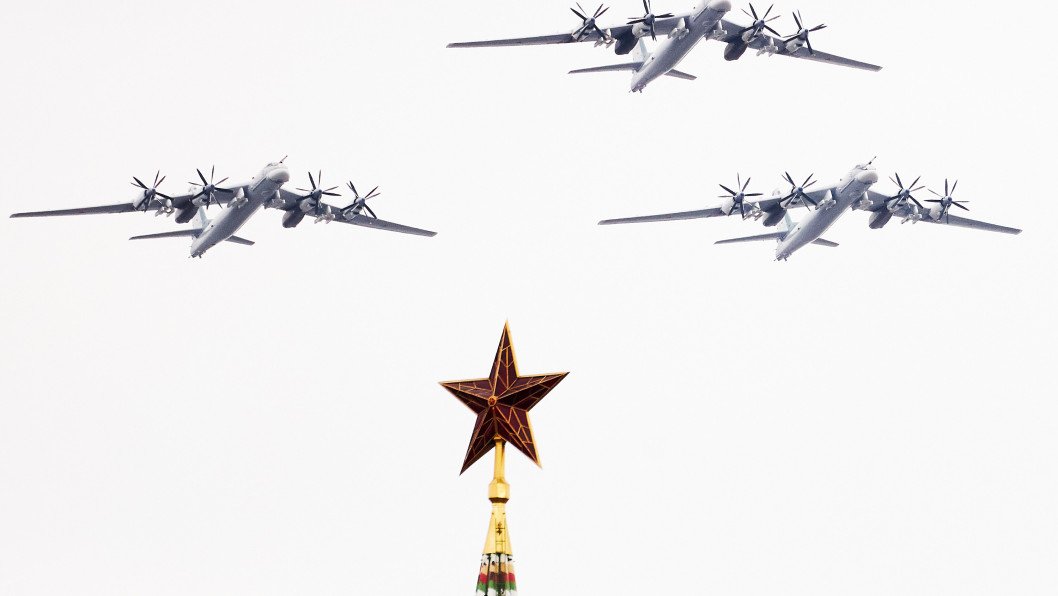
This discrepancy offers a rare window into the gap between Russia’s inventory and operational capacity.
Imagery from the Engels airbase—Russia’s other major long-range bomber hub—provides additional insight. As of May 25, there were six Tu-95MS, three Tu-160 strategic bombers, and four Su-34 tactical bombers at the site.
By the next day, the number had dropped to just three Tu-95MS, three Tu-160s, and two Su-34s.
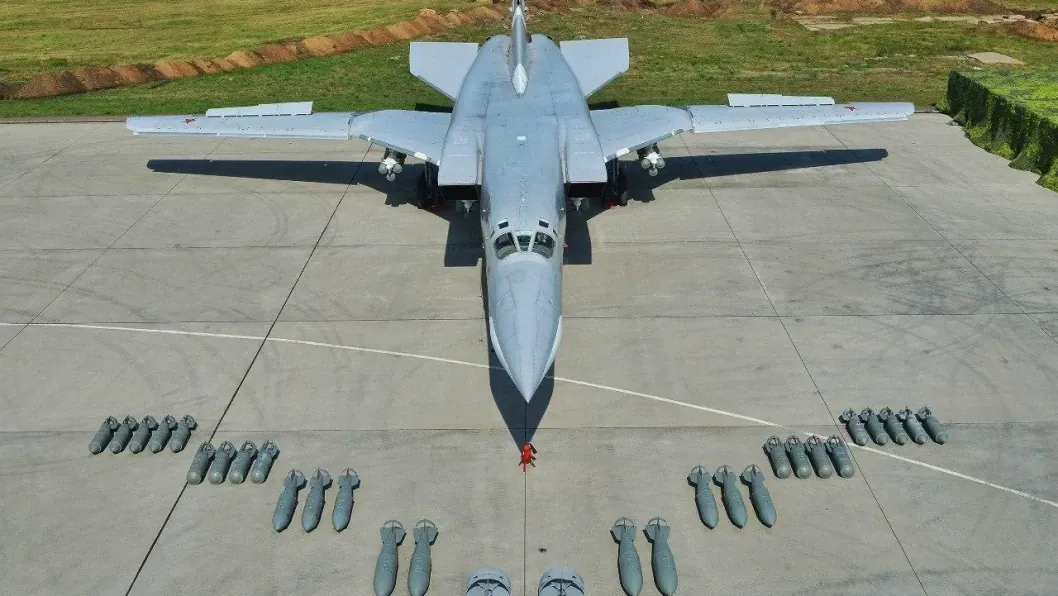
Following the large-scale missile attack on May 26, seven Tu-95MS bombers landed at Engels, while one more flew to Olenya.
The movement hints at a rotating deployment pattern, possibly designed to complicate efforts by Ukrainian and Western intelligence to detect the buildup of missile salvos.
🔻Satellite images of 🇷🇺 Engels-2 Airbase as of May 27, 08:17 UTC
— AviVector (@avivector) May 27, 2025
The airbase housed 2 Tu-95MS (Bear-H), 2 Tu-160 (Blackjack) and 1 Il-76 (Candid).
One Il-76 arrived at the airbase carrying military cargo. Meanwhile, a Tu-160 relocated to Belaya airbase, and shortly after the… pic.twitter.com/s2YRYManEe
Fueling the shell game
These maneuvers come at a cost. Russia’s strategic aviation—particularly the aging Tu-95MS and Tu-22M3 fleets—faces limitations on available flight hours and maintenance capacity.
Defense Express analysts suggest that Moscow is burning through precious aircraft service life for the sake of disinformation and misdirection.
Still, this pattern reinforces assessments that Russia is increasingly reliant on deception and show-of-force tactics as it seeks to maintain pressure on Ukraine while shielding its vulnerable air assets.
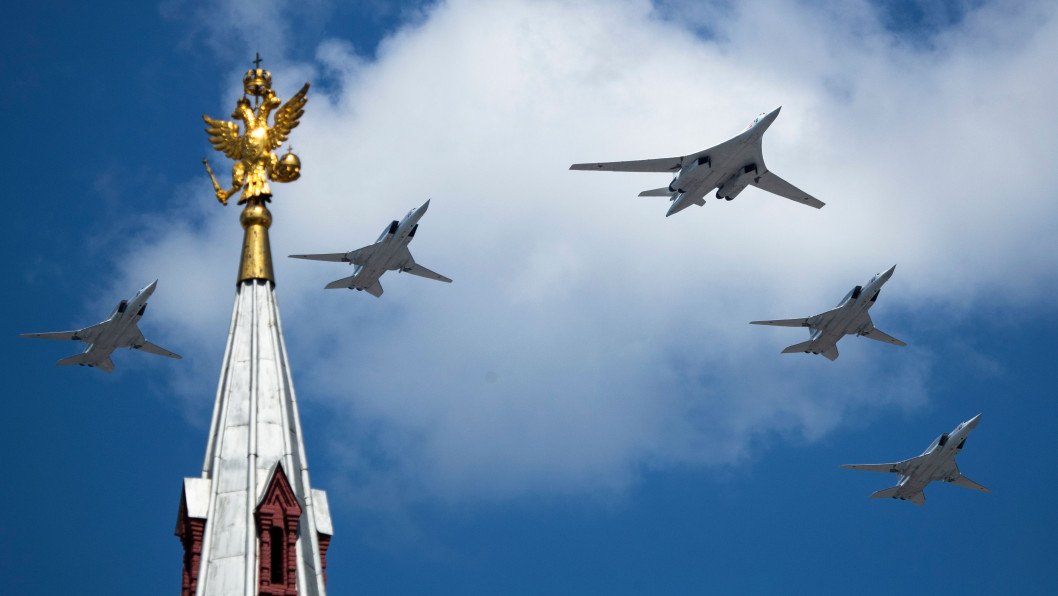
Earlier, reports emerged that Russia’s use of cruise missiles to strike Ukraine no longer aligns with estimates of its production—and is increasingly difficult to explain even by stockpiling.
Across recent massive overnight combined attacks on Ukraine, Russia used a total of 191 cruise missiles from air-, sea-, and ground-based platforms—not counting other missile types.
According to Ukraine’s Defense Intelligence Directorate, Russia is currently producing around 150 long-range missiles of various types each month.



-111f0e5095e02c02446ffed57bfb0ab1.jpeg)
